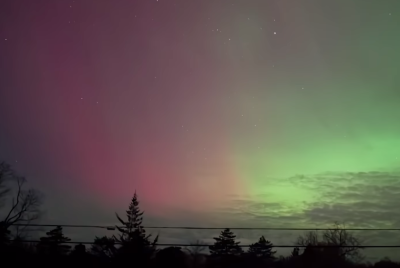Falling Russian Spacecraft: Expert Rules out Nuclear Contamination Risk (EXCLUSIVE)

With the debris of Phobos-Grunt, Russia's failed Mars probe, expected to hit the surface of the Earth anytime after January 6, a leading scientist has ruled out the possibility of radioactive contamination from the highly toxic fuel loaded on the spacecraft.
Asantha Cooray, Professor of Physics at the University of California, has ruled out fears that the radioactive fuel on board the spacecraft could freeze and survive entry into the Earth's surface, triggering serious contamination if it falls over populated areas.
"Due to air drag friction the temperature can be unusually high and it is far more likely that the contamination will be reduced. The spacecraft has already entered the atmosphere and partial pieces broken off have fallen through the atmosphere," Cooray has told the International Business Times.
Phobos-Grunt, which was meant to land on Phobos, the larger of Mars' two moons, has been stuck in its orbit around the Earth due to a computer malfunction since its launch in early November. The European Space Agency (ESA) had ceased attempts to establish contact with the spacecraft after it went totally silent towards the end of November. The 14.6-ton spacecraft is understood have 12 tons of highly toxic fuel.
Talking about the radioactive potential of the fuel on the spacecraft, Cooray has insisted that the risk factor is lower than feared. "Hydrazine, which is the fuel that is of concern, is not radioactive unlike radioactive generators used by some of the other outer planet spacecraft. Hydrazine is used as a third stage burn to get to a higher orbit. It is just toxic, that's all," Cooray has said.
It has been estimated that 20-30 fragments of the spacecraft, that together weigh around 200kg, are expected to hit the Earth. But experts say that they are yet to be able to define the exact location where they are due to fall.
Håkan Svedhem, a project scientist with the ESA, has told the IB Times: "It is normally very difficult to give a precise prediction of the impact point. The only thing one can be sure about is that the impact will NOT happen at latitudes north of the latitude of Baikonur or south of the corresponding southern latitude."
© Copyright IBTimes 2025. All rights reserved.





















